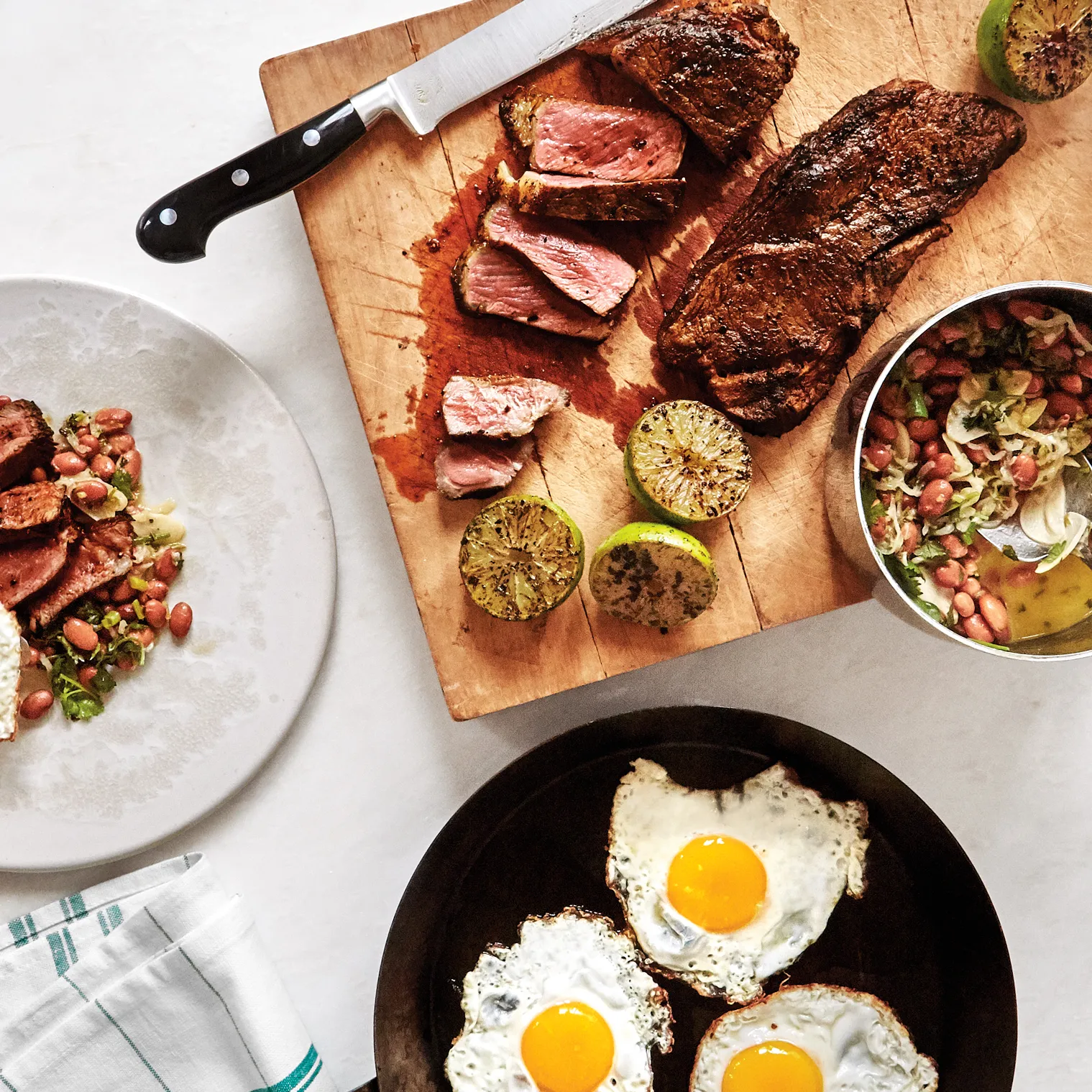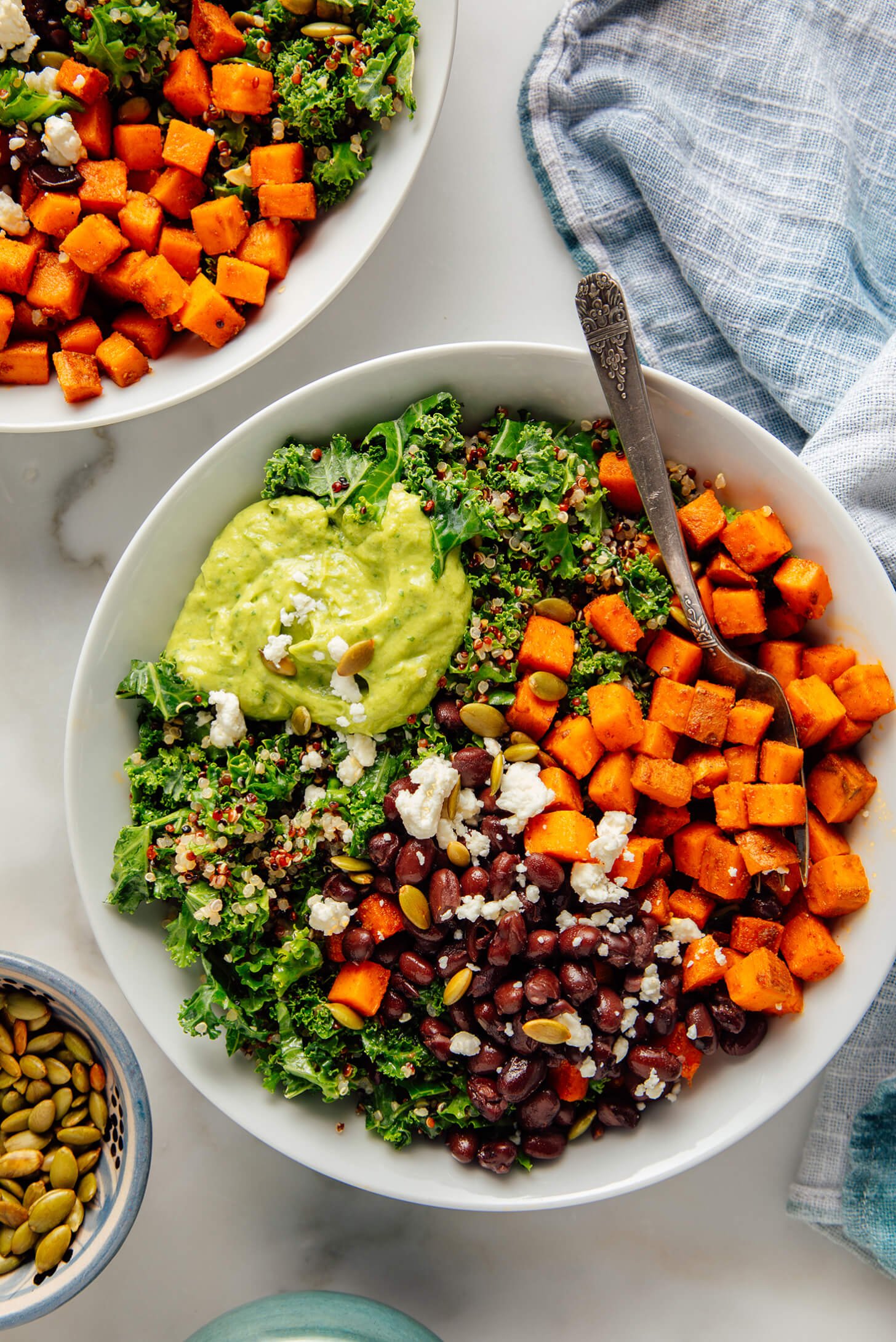Baking bread at home is not only a rewarding experience but also a delightful way to fill your kitchen with the comforting aroma of freshly baked goods. Whether you’re a novice or an experienced baker, mastering homemade bread is within your reach. Here are some essential tips and recipes to help you create delicious loaves from scratch.
Essential Tips for Baking Bread
- Use Quality Ingredients: The foundation of great bread lies in high-quality ingredients. Use fresh flour, active yeast, and filtered water. Organic flour can enhance the flavor and nutritional content.
- Measure Accurately: Baking is a science, so precise measurements are crucial. Invest in a good kitchen scale to ensure you’re using the correct amounts, especially for flour and water.
- Temperature Matters: Yeast is sensitive to temperature. Warm water (around 100°F to 110°F) helps activate the yeast. Too hot, and it can kill the yeast; too cold, and it will be sluggish.
- Kneading Techniques: Kneading develops gluten, which gives bread its structure. You can knead by hand for about 10 minutes or use a stand mixer with a dough hook for about 5-7 minutes. The dough should be smooth and elastic.
- Allow for Proper Rising: Letting your dough rise (ferment) is crucial for flavor and texture. The first rise typically lasts about 1-2 hours, until the dough doubles in size. The second rise, after shaping, should be about 30-60 minutes.
- Steam for Crust: A good crust is key to artisanal bread. Place a shallow pan of water in the oven while it preheats, or spritz the dough with water just before baking. This creates steam, leading to a crispy crust.
- Cool Completely: Allow your bread to cool on a wire rack before slicing. This helps the interior finish cooking and improves texture.
Basic White Bread Recipe
Ingredients:
- 4 cups all-purpose flour
- 2 ¼ teaspoons active dry yeast (1 packet)
- 1 ½ teaspoons salt
- 1 tablespoon sugar
- 1 ½ cups warm water (100°F to 110°F)
- 2 tablespoons unsalted butter, melted (optional)
Instructions:
- Activate Yeast: In a small bowl, combine warm water, sugar, and yeast. Let it sit for about 5-10 minutes until foamy.
- Mix Ingredients: In a large mixing bowl, combine flour and salt. Make a well in the center and add the yeast mixture along with melted butter, if using.
- Form Dough: Stir until a rough dough forms. Transfer to a floured surface and knead for about 10 minutes until smooth.
- First Rise: Place the dough in a greased bowl, cover it with a damp cloth, and let it rise in a warm place until doubled, about 1-2 hours.
- Shape and Second Rise: Punch down the dough, shape it into a loaf, and place it in a greased loaf pan. Cover and let rise again until it doubles, about 30-60 minutes.
- Bake: Preheat the oven to 375°F (190°C). Bake the bread for 25-30 minutes, until golden brown and sounds hollow when tapped.
- Cool: Remove from the oven and cool in the pan for 5 minutes before transferring to a wire rack.
Rustic Whole Wheat Bread Recipe
Ingredients:
- 3 cups whole wheat flour
- 1 cup all-purpose flour
- 2 ¼ teaspoons active dry yeast
- 1 ½ teaspoons salt
- 2 tablespoons honey or molasses
- 1 ½ cups warm water
- 2 tablespoons olive oil (optional)
Instructions:
- Activate Yeast: Combine warm water, honey, and yeast in a bowl and let sit until frothy.
- Mix Ingredients: In a large bowl, mix both flours and salt. Add the yeast mixture and olive oil, stirring until combined.
- Knead: Knead the dough for about 8-10 minutes until it’s elastic and smooth.
- First Rise: Place the dough in a greased bowl, cover it, and let it rise until doubled, about 1-2 hours.
- Shape and Second Rise: Punch down the dough, shape it into a round loaf, and place it on a parchment-lined baking sheet. Cover and let rise for another 30-60 minutes.
- Bake: Preheat the oven to 375°F (190°C). Bake for 30-35 minutes until golden brown.
- Cool: Let the bread cool on a wire rack before slicing.
Conclusion
Baking homemade bread is a fulfilling endeavor that yields delicious results. With these tips and recipes, you’ll be well on your way to mastering the art of bread making. Remember, practice makes perfect, so don’t hesitate to experiment with different flours, shapes, and flavors. Enjoy the journey of becoming a bread baker!



